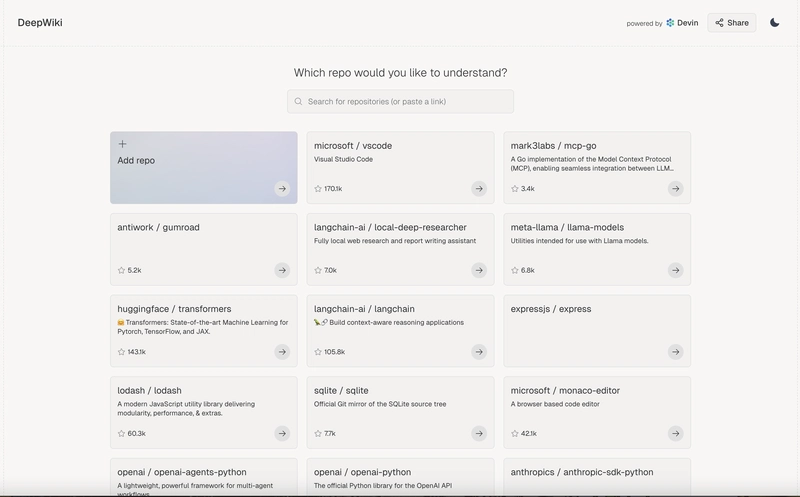Building a Scalable Taxi Dispatch System: A Developer's Guide
In the fast-paced world of urban transportation, taxi dispatch systems must be robust, responsive, and scalable. At CabDispatchers, we've engineered a solution that seamlessly connects riders and drivers, ensuring efficiency and reliability. This guide delves into the technical architecture, technologies employed, and challenges overcome in building such a system. System Architecture Overview Frontend: Built with React.js, offering a dynamic and responsive user interface for both riders and drivers. HashStudioz Backend: Powered by Node.js with Express.js, handling API requests and business logic efficiently. Database: Utilizing MongoDB for its flexibility and scalability, accommodating diverse data types and structures. Real-Time Communication: Implemented using WebSockets to facilitate instant updates between clients and the server. Microservices Architecture: Adopted to allow independent deployment and scaling of services like booking, payments, and notifications. Cloud Infrastructure: Deployed on AWS, leveraging services like EC2, S3, and Lambda for scalability and reliability. Key Technologies and Tools React.js: Chosen for its component-based architecture, facilitating reusable UI components and efficient rendering. Node.js & Express.js: Selected for their non-blocking, event-driven architecture, ideal for handling numerous simultaneous connections. MongoDB: Opted for its schema-less nature, allowing rapid development and easy scalability. WebSockets: Employed to enable real-time communication, crucial for live tracking and updates. Docker & Kubernetes: Used for containerization and orchestration, ensuring consistent environments and automated scaling. Redis: Implemented for caching frequently accessed data, reducing latency and database load. Performance Optimization Load Balancing: Utilized NGINX to distribute incoming traffic evenly across server instances, preventing bottlenecks. DEV Community Caching: Implemented Redis to store frequently accessed data, reducing database queries and improving response times. Asynchronous Processing: Leveraged Node.js's asynchronous capabilities to handle I/O-bound operations efficiently. Monitoring & Logging: Integrated tools like Prometheus and Grafana for real-time monitoring, enabling proactive issue detection and resolution. Conclusion Building a scalable taxi dispatch system involves careful consideration of architecture, technology choices, and proactive problem-solving. By leveraging modern frameworks and cloud services, we've created a platform that meets the demands of today's urban mobility challenges. For more insights or collaboration opportunities, feel free to connect with us at CabDispatchers. Note: This article is based on our experiences at CabDispatchers and aims to provide a technical overview for developers interested in building similar systems.

In the fast-paced world of urban transportation, taxi dispatch systems must be robust, responsive, and scalable. At CabDispatchers, we've engineered a solution that seamlessly connects riders and drivers, ensuring efficiency and reliability. This guide delves into the technical architecture, technologies employed, and challenges overcome in building such a system.
System Architecture Overview
- Frontend: Built with React.js, offering a dynamic and responsive user interface for both riders and drivers.
- HashStudioz
- Backend: Powered by Node.js with Express.js, handling API requests and business logic efficiently.
- Database: Utilizing MongoDB for its flexibility and scalability, accommodating diverse data types and structures.
- Real-Time Communication: Implemented using WebSockets to facilitate instant updates between clients and the server.
- Microservices Architecture: Adopted to allow independent deployment and scaling of services like booking, payments, and notifications.
- Cloud Infrastructure: Deployed on AWS, leveraging services like EC2, S3, and Lambda for scalability and reliability.
Key Technologies and Tools
- React.js: Chosen for its component-based architecture, facilitating reusable UI components and efficient rendering.
- Node.js & Express.js: Selected for their non-blocking, event-driven architecture, ideal for handling numerous simultaneous connections.
- MongoDB: Opted for its schema-less nature, allowing rapid development and easy scalability.
- WebSockets: Employed to enable real-time communication, crucial for live tracking and updates.
- Docker & Kubernetes: Used for containerization and orchestration, ensuring consistent environments and automated scaling.
- Redis: Implemented for caching frequently accessed data, reducing latency and database load.
Performance Optimization
- Load Balancing: Utilized NGINX to distribute incoming traffic evenly across server instances, preventing bottlenecks.
- DEV Community
- Caching: Implemented Redis to store frequently accessed data, reducing database queries and improving response times.
- Asynchronous Processing: Leveraged Node.js's asynchronous capabilities to handle I/O-bound operations efficiently.
- Monitoring & Logging: Integrated tools like Prometheus and Grafana for real-time monitoring, enabling proactive issue detection and resolution.
Conclusion
Building a scalable taxi dispatch system involves careful consideration of architecture, technology choices, and proactive problem-solving. By leveraging modern frameworks and cloud services, we've created a platform that meets the demands of today's urban mobility challenges.
For more insights or collaboration opportunities, feel free to connect with us at CabDispatchers.
Note: This article is based on our experiences at CabDispatchers and aims to provide a technical overview for developers interested in building similar systems.











































































































































































![[The AI Show Episode 156]: AI Answers - Data Privacy, AI Roadmaps, Regulated Industries, Selling AI to the C-Suite & Change Management](https://www.marketingaiinstitute.com/hubfs/ep%20156%20cover.png)
![[The AI Show Episode 155]: The New Jobs AI Will Create, Amazon CEO: AI Will Cut Jobs, Your Brain on ChatGPT, Possible OpenAI-Microsoft Breakup & Veo 3 IP Issues](https://www.marketingaiinstitute.com/hubfs/ep%20155%20cover.png)


































































































































































































































































_incamerastock_Alamy.jpg?width=1280&auto=webp&quality=80&disable=upscale#)
_Brain_light_Alamy.jpg?width=1280&auto=webp&quality=80&disable=upscale#)






























































































![Nothing Phone (3) has a 50MP ‘periscope’ telephoto lens – here are the first samples [Gallery]](https://i0.wp.com/9to5google.com/wp-content/uploads/sites/4/2025/06/nothing-phone-3-telephoto.jpg?resize=1200%2C628&quality=82&strip=all&ssl=1)























































































